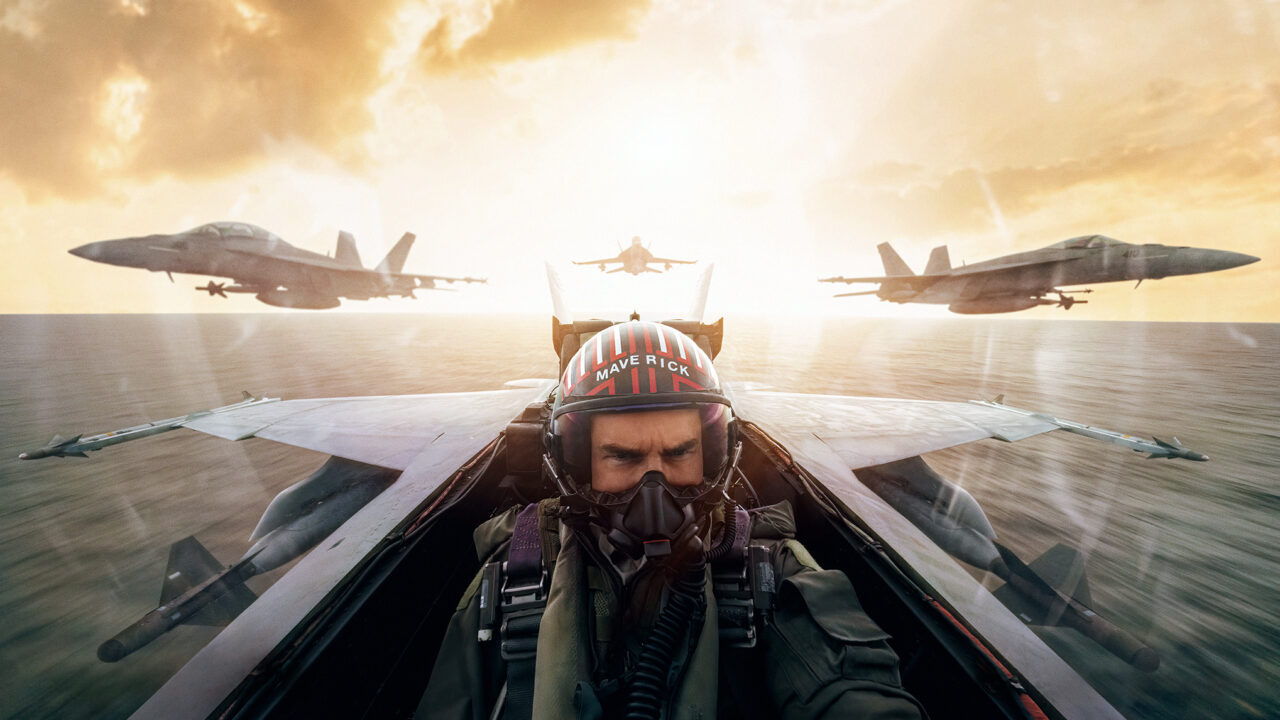Review of TOP GUN MAVERICK
TOP GUN MAVERICK (2022), directed by Joseph Kosinski and starring Tom Cruise is remarkable for being a direct sequel, true and spirit and form, to the famous TOP GUN (1986) from three decades and a half earlier, directed by Tony Scott.
A successful sequel is a paradox, for it must be the same as the original, but not the same. It must follow the same spirit and form, cover the same material, but taken from a new coign of vantage, or delving deeper into the original theme.
TOP GUN MAVERICK is just such a successful paradox. To see why, consider why TOP GUN was successful.
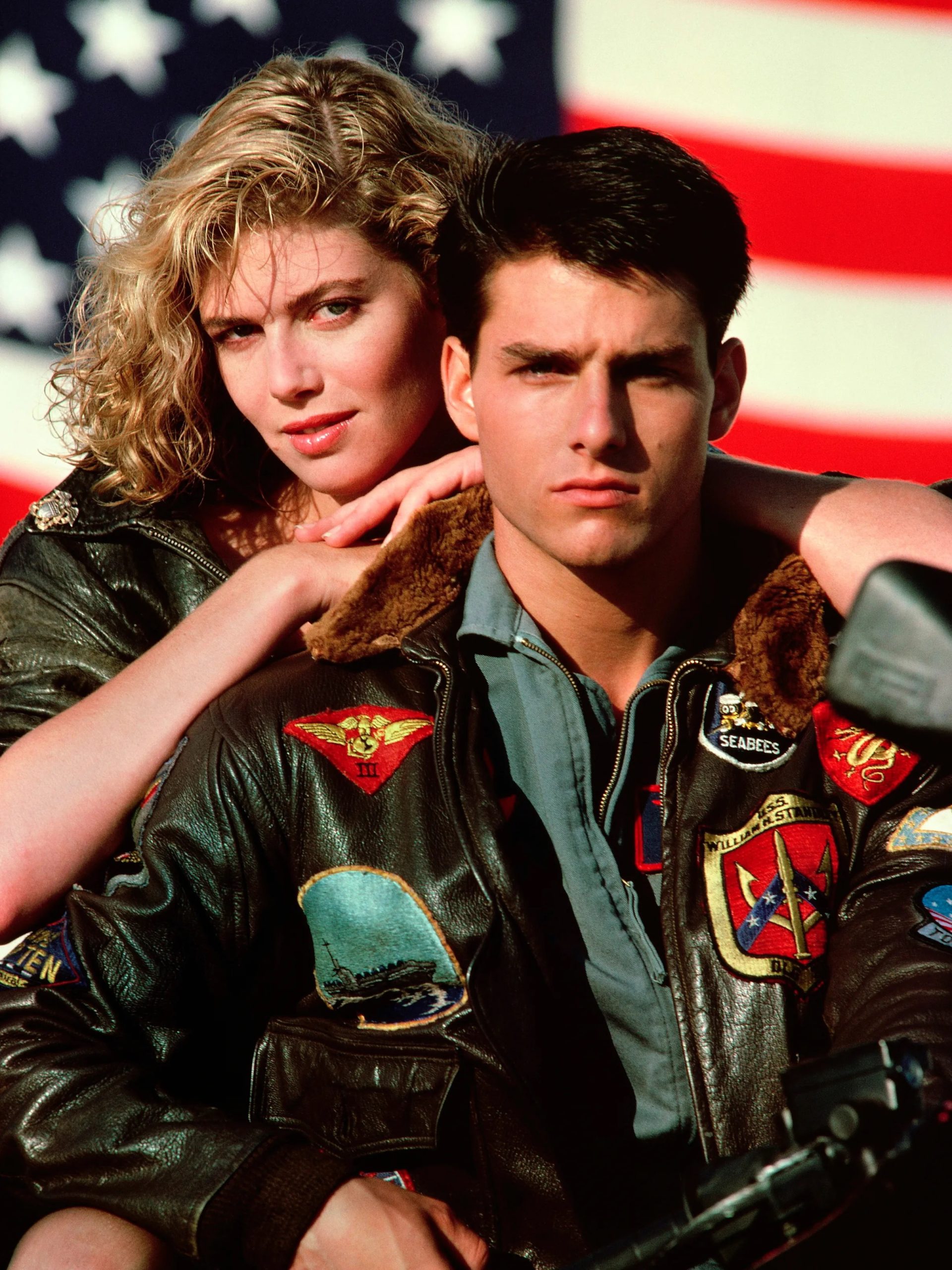
Both films concern a hotshot Naval aviator, whose callsign, none too subtly, is Maverick (Tom Cruise), whose unorthodox flying style is troublesome, perhaps dangerous, but so successful that authorities begrudgingly allow him to continue, as the Navy needs him. In the first film, he is an unorthodox student at US Navy Fighter Weapons School, and in the second, an unorthodox instructor.
In both, his run-ins with authority imperil his career, but in both, his top-notch performance during a mission redeems him. And he wins the love of the girl who at first rejects him.
Both films were widely beloved by audiences for the simple reason that both affirm core American values. As much as any old fashioned Western, both films project the ideal of a manly American man, either in the first bloom of youth — Tom Cruise was 24 when he filmed TOP GUN — or as an adult in his twilight — he was 60 when MAVERICK hit theaters.
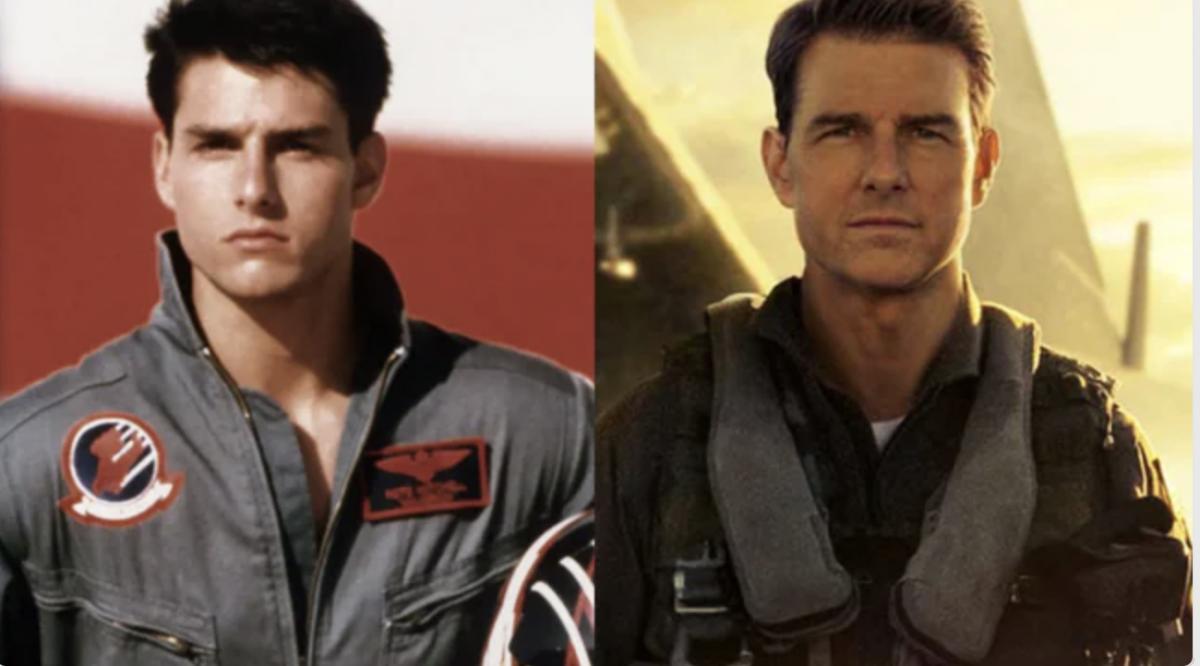
The main appeal of both films is the cinematography. Those whose eyes are tired of computer-generated cartoon images and special effects will thrill to see roaring fighterjets beautifully filmed, with every shot and angle, lighting, motion, and composition conspiring to visually amazing results. Both films are gorgeous.
And the ladies might note that the boyish Tom Cruise is very photogenic, and, even in his sixties, looks as fit and trim as men half his age.
The American spirit has always glorified innovators and trailblazers while still honoring obedience to authority, camaraderie, fidelity to team-mates. Americans, from our earliest days, laud those who regs or break ranks to keep law and order lawful and orderly, and who win battles. We admire rebels obedient to higher law: so we like lawbreakers and lawmen.
The style of storytelling here is not complicated, nor confusing, nor subversive of expectations. The events unfold for clear reasons, in pursuit of clear goals, setbacks and plot-twists happening just when they should to make for a satisfactory story-telling rhythm.
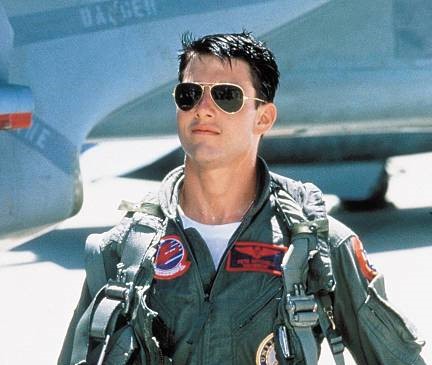
The other characters are as straightforward as Maverick himself, and as archetypical. The pilots are displayed as rowdy and athletic youths, full of vim and vinegar, intensely competitive, crude and wild when off-duty, disciplined and squared-away when on-duty, shipshape and Bristol fashion.
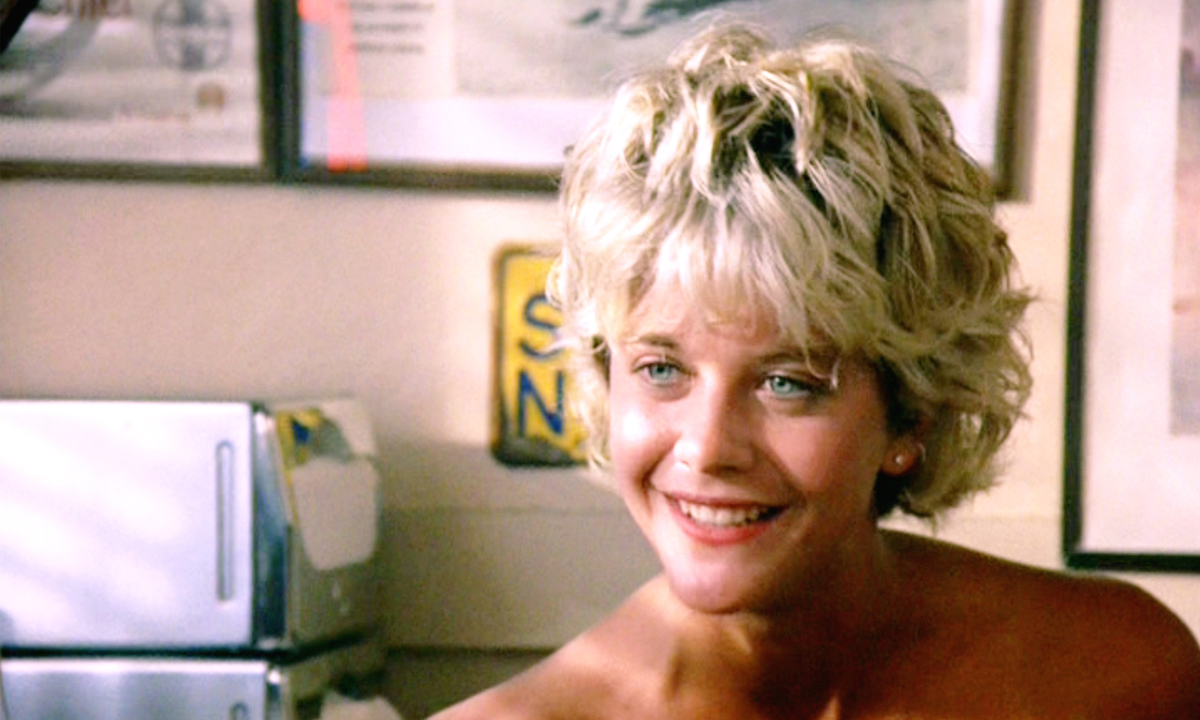
Even more astonishing, the ladies are ladylike, aside from a humorous crudity or two uttered in the intimacy of domestic relation. There is also a sense of stoical sacrifice haunting the female characters, who know their menfolk might not return. They react with grace under this pressure, supporting the mission, and the team, despite any personal cost. Those of you who know Navy wives, or knew what they were like in years now past, will recognize the type.
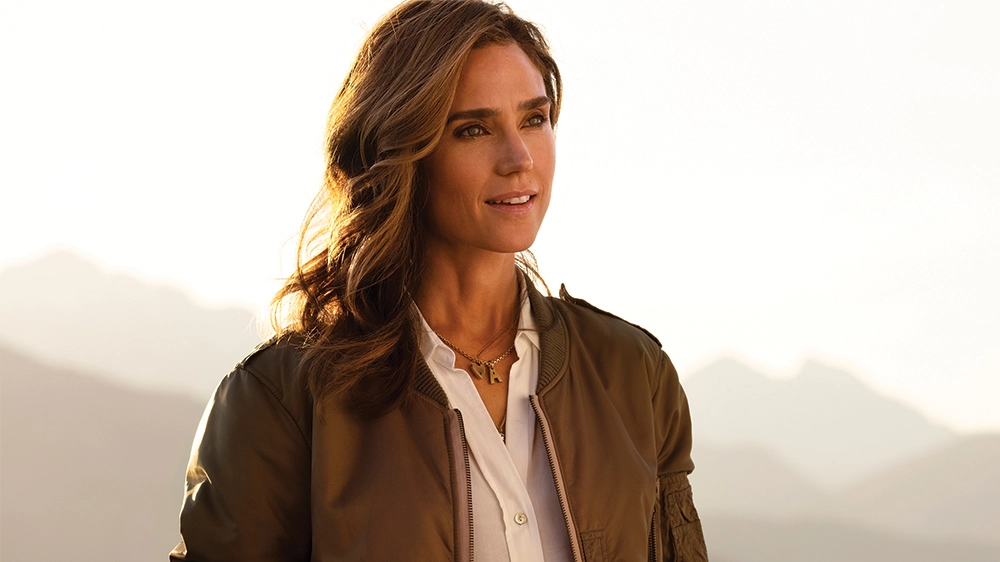
Such films and stories follow a time-tested and true formula. There is one character held up to represent the lawman aspect of the American character, an orthodox and by-the-book iceman, but who makes no errors in training or combat flight. There is always one cowboy hotshot, who represents the lawbreaker aspect, who is humiliated when his unorthodox methods fail, or he takes untoward risk, but vindicated when his unorthodox methods, employed in emergency, win the day. The character arc for both is to learn the virtues of the other.
The satisfactory finale comes when the maverick reigns himself in, refusing to abandon his wingman, meanwhile the iceman lets himself go, disobeying orders to rescue a downed comrade, or taking untoward risk to save a life. Both are reconciled to the other.
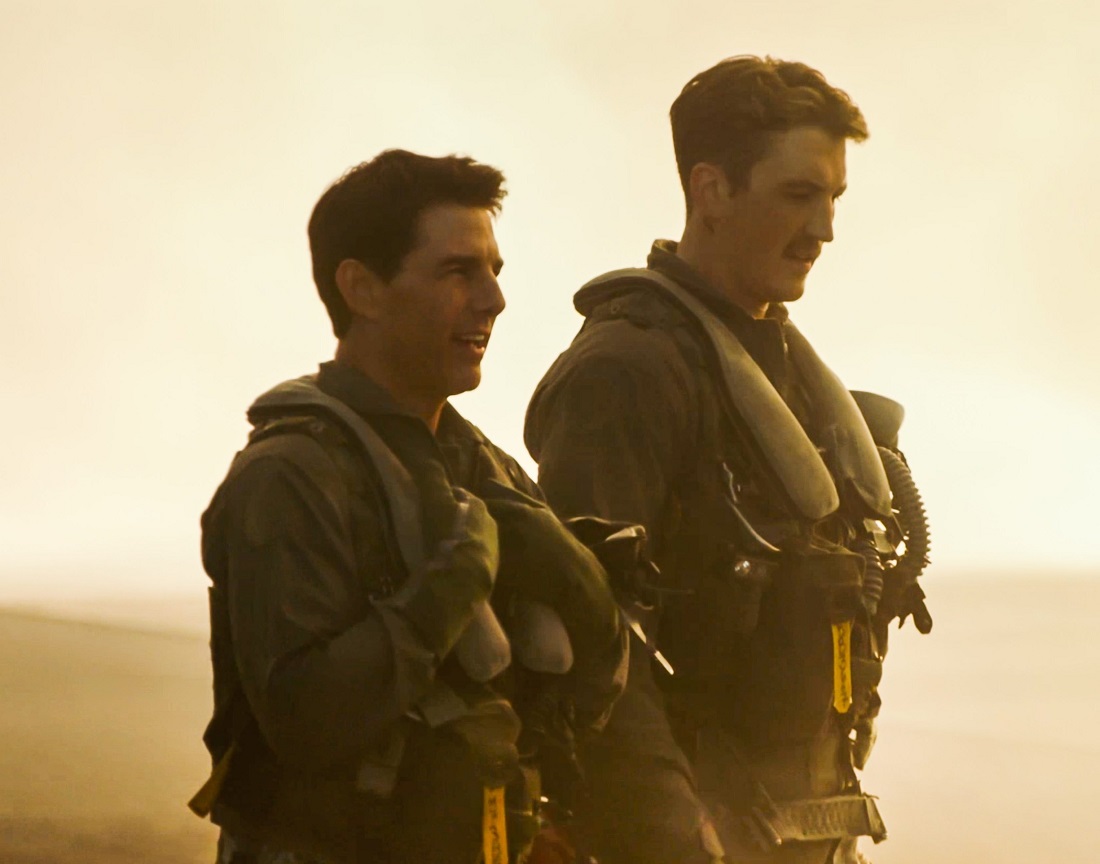
Indeed, such plots are formulaic and meant to be, because they reflect the Campbellian hero’s journey which forms the major social, spiritual and psychological root of human story-telling. That journey consists of a man who, reluctantly or eagerly, leaves safety to enter danger, suffers setbacks, is isolated, learns humility, learns chivalry, and returns in triumph to benefit others. A training school or a sporting drama is a particularly apt vehicle for portraying the first half of this cycle, since the grades and scores can be put onstage, unambiguously, and the success or loss cannot be mistaken nor explained away. Few things are more stark than the thrill of victory or the agony of defeat, either in peaceful games or in deadly war.
In all successful stories of this type, the theme and moral of the story is chivalry: the hero must learn respect for his rival, and the rival for him, or else defeat is certain, manhood is cheapened.
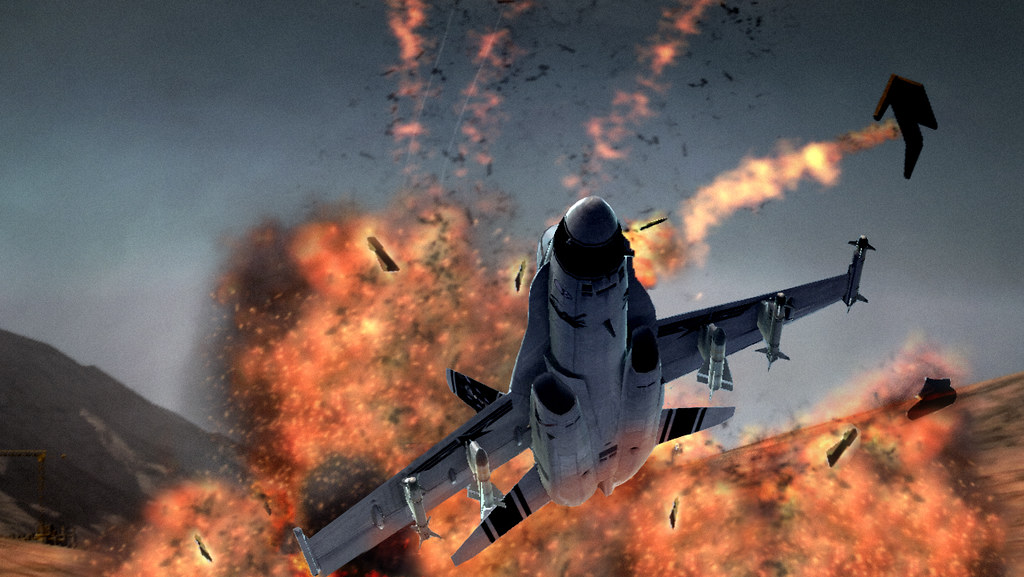
Of the two, MAVERICK merits more applause. Not only was it made in an era when all Hollywood is avowed to insane enmity toward everything heroic, masculine, patriotic, healthy, normal, decent and fun, it was made as a sequel to a film that captured the spirit of the first without being a mere repetition of the first.
Note that the Taiwanese flag was displayed on the back of Maverick’s flight jacket, despite commands from China that it not be. It had been edited out of an early promo, provoking an outcry from fans of the film, and of America. For reasons beyond explanation, almost beyond belief, considering how unmanful and worm-weak Hollywood moguls behave, the filmmakers refused to obey their Chinese overlords.
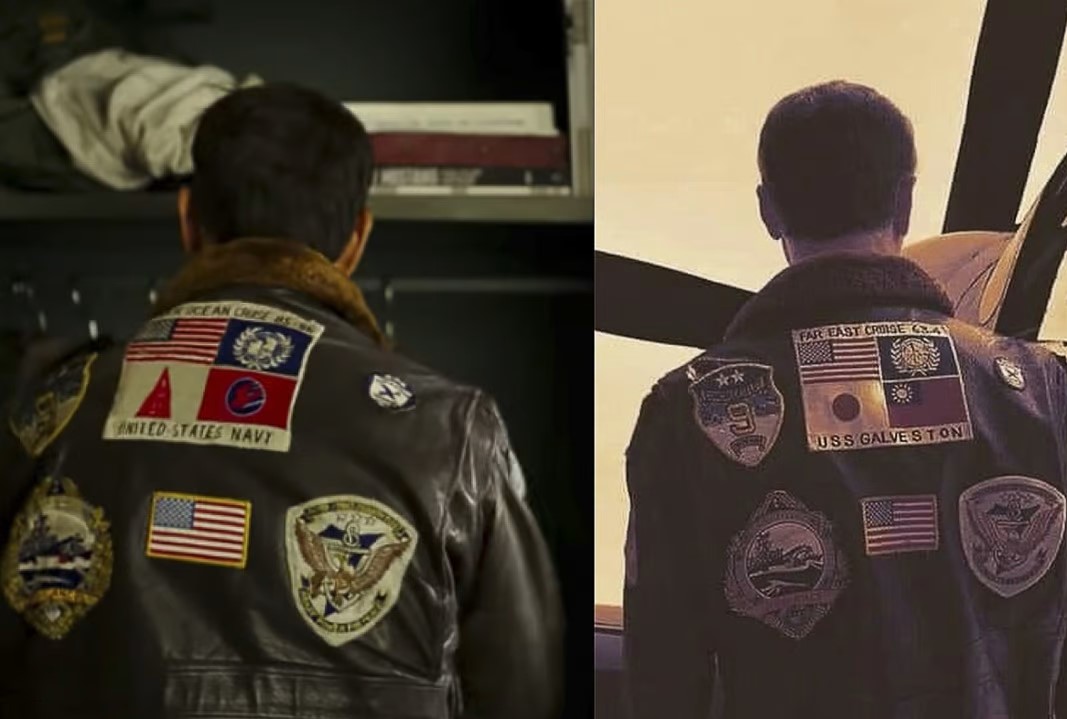
The number of sequels which match or exceed their originals, while remaining true to them, can be counted on the fingers of one hand. MAVERICK certainly enters this very short list. The writing decisions were clever and skillful, with the skillfulness that seems obvious, but only in hindsight, that is, only after some other a writer smarter than me has thought of it.
Of course the film begins with Maverick bending the rules to the breaking point in a hotdog stunt which forces the top brass to keep a doomed project afloat; of course his self-sacrificial recalcitrance will get him washed out of the program, if not booted out of the Navy; of course he is rescued at the last minute by an authority seeing a need for his talent.
Of course making Maverick a trainer at the Top Gun school will put him back in the action; of course having an impossible mission for which he and he alone is qualified to train the candidates makes sense; of course he is still in love with the admiral’s daughter, mentioned in passing in the first film, despite that he broke her heart last time around; of course one of the pilots he must train for a suicidally dangerous mission is Rooster, the grown-up son of Goose, whose death was never officially blamed on Maverick — but in his heart, Maverick blames himself.
Kudos to the filmmakers for finding an actor to play the son of Goose who so closely resembled the original actor in a face and demeanor.
It was a little heartwarming and a little heartbreaking to see Val Kilmer reprise his role as Iceman, this time as a fleet admiral nearly mute from throat ailment.
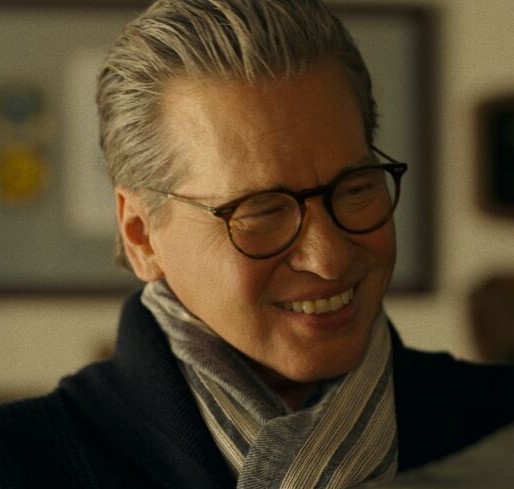
In real life, Kilmer is mute, due to his struggle with illness, but the movie magic here created a voice allowing him to speak a crucial line or two. It was a gracious gesture for the film makers to make to a veteran actor.
It was refreshing to see Maverick on his motorcycle again, still too stupid to don a helmet. (Odd! he wears one in the cockpit, after all). In our neurotically risk-adverse society, such images are rare.
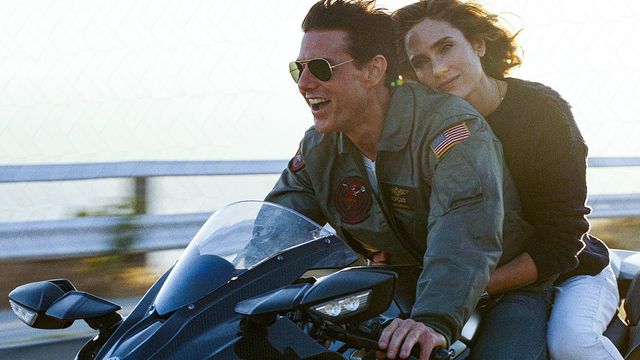
I admit I am too old fashioned to have any sympathy with a romantic subplot that ends, not with a proposal, but with a night of energetic fornication. Such things disgust me, no matter how well photographed. The moment when the daughter of Maverick’s paramour sees him sneaking away from her mother’s still-warm bed, trousers hastily yanked aloft, is played for laughs and for sentiment — the girl asks him not to break her mother’s heart again — and most of the audience will be charmed with the scene. Not I. My sense of realism, when it comes to eternal issues, is somewhat more intrusive on my suspension of disbelief, than when it comes to things like aircraft performance and naval regulations.
I am not willing to pretend that sex is trivial, or matrimony is optional. Sorry. The human heart does not work that way. Contrariwise, I am willing, for the sake of the story, to pretend that Maverick could buzz a control tower without being thrown in the brig, or that fighterpilots can outperform the Blue Angels doing trick maneuvers during dogfights.
However, again, let me emphasize that most audiences will not notice or be bothered by this unrealism: to most, casual sexplay probably seems natural, if not admirable. For it is keeping with the archetype that Maverick would be a hotshot not just in the sky, but also in under the bedsheets.

Let me also emphasize that those who look for unrealism in stories like this must be careful, lest they find it where it does not exist. One wag mocked the film for saying no one can survive ejecting from a supersonic fighterjet. Perhaps in 1955, that was the case: fighterjets since then either use an ejection capsule or eject the whole cockpit. Little practical experience is available: NASA’s unmanned X-43 has reached Mach 9. At the moment, the matter is speculative.
And, aside from having good looking actors and actresses in this film, some of the handsomest aircraft ever designed grace the screen here.
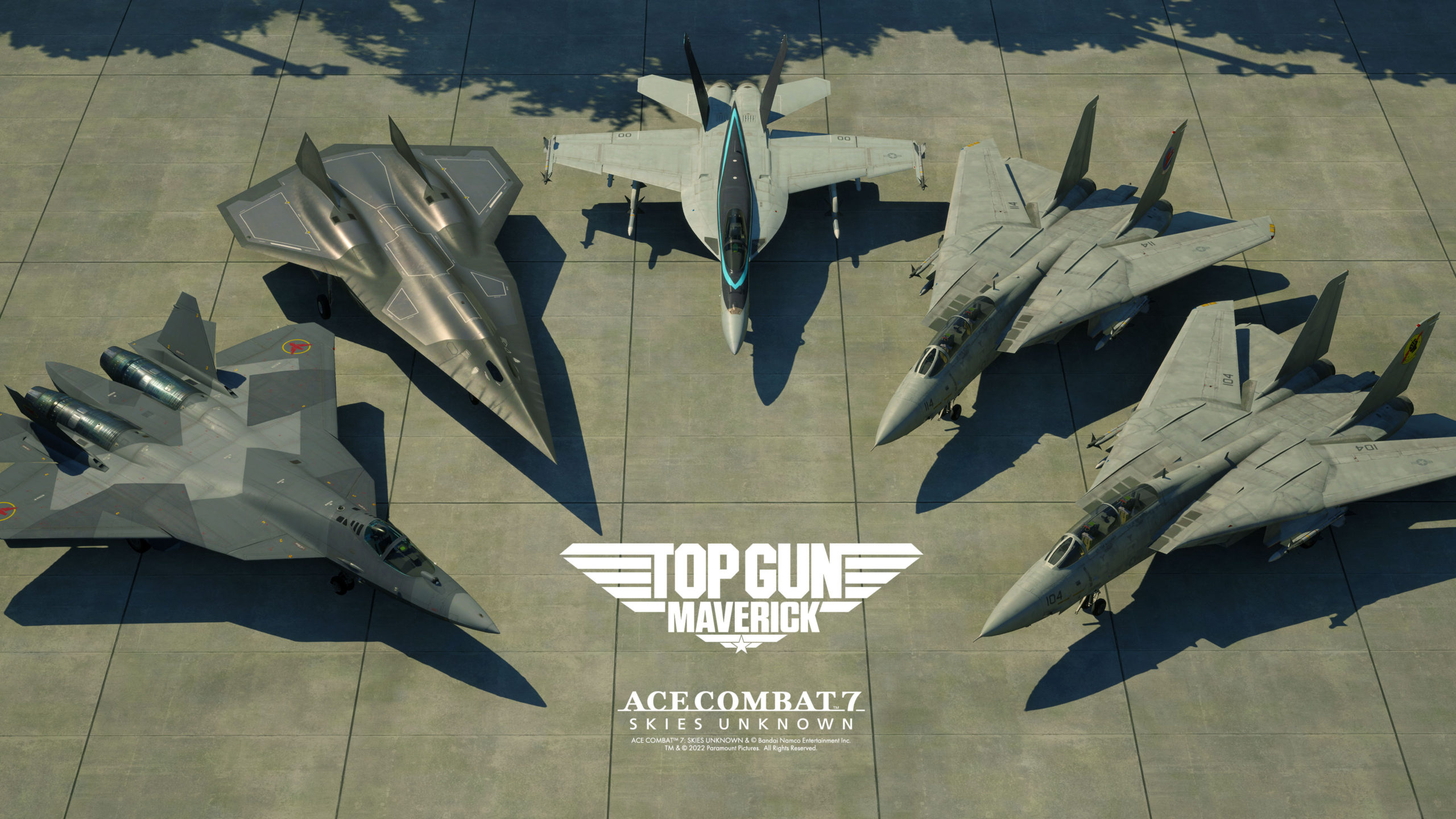
To sum up: TOP GUN and TOP GUN MAVERICK both have a straightforward, well-constructed plot, repeating a time-tested if not eternal theme, dramatic and melodramatic, patriotic, wholesome, and more realistic than you might expect.
Both films have been called expensive recruiting videos for the Navy. To which this reviewer says Bravo and Long Overdue. Young men should watch this, man up and join up, and serve your country. Go Navy!
